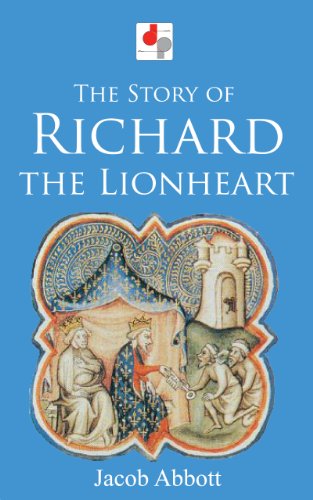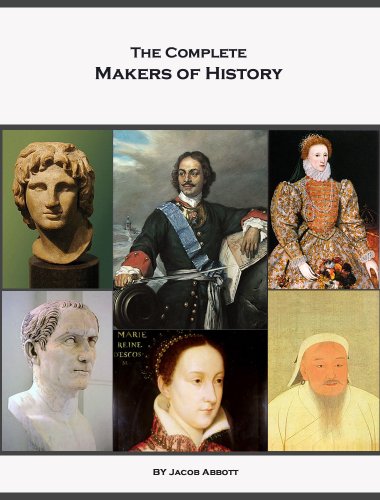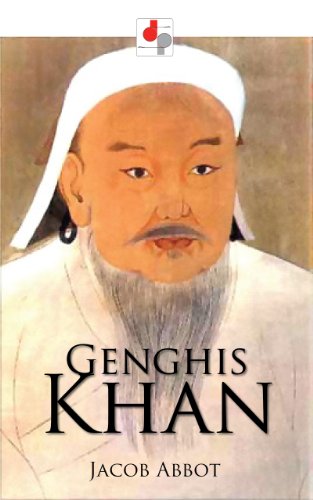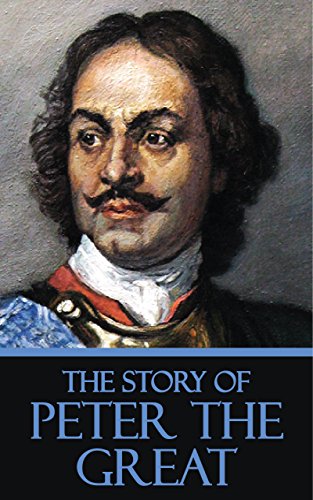Jacob Abbott
History of King Charles the Second of England: Biographies of Famous People for Children
language
(WestPub Online March 13, 2016)
Charles II (29 May 1630 – 6 February 1685)[c] was monarch of the three kingdoms of England, Scotland, and Ireland.
Charles II's father, Charles I, was executed at Whitehall on 30 January 1649, at the climax of the English Civil War. Although the Parliament of Scotland proclaimed Charles II King on 5 February 1649, England entered the period known as the English Interregnum or the English Commonwealth, and the country was a de facto republic, led by Oliver Cromwell. Cromwell defeated Charles II at the Battle of Worcester on 3 September 1651, and Charles fled to mainland Europe. Cromwell became virtual dictator of England, Scotland and Ireland, and Charles spent the next nine years in exile in France, the Dutch Republic, and the Spanish Netherlands.
A political crisis that followed the death of Cromwell in 1658 resulted in the restoration of the monarchy, and Charles was invited to return to Britain. On 29 May 1660, his 30th birthday, he was received in London to public acclaim. After 1660, all legal documents were dated as if he had succeeded his father as king in 1649.
Charles's English parliament enacted laws known as the Clarendon Code, designed to shore up the position of the re-established Church of England. Charles acquiesced to the Clarendon Code even though he favoured a policy of religious tolerance. The major foreign policy issue of his early reign was the Second Anglo-Dutch War. In 1670, he entered into the secret treaty of Dover, an alliance with his first cousin King Louis XIV of France. Louis agreed to aid him in the Third Anglo-Dutch War and pay him a pension, and Charles secretly promised to convert to Catholicism at an unspecified future date. Charles attempted to introduce religious freedom for Catholics and Protestant dissenters with his 1672 Royal Declaration of Indulgence, but the English Parliament forced him to withdraw it. In 1679, Titus Oates's revelations of a supposed "Popish Plot" sparked the Exclusion Crisis when it was revealed that Charles's brother and heir (James, Duke of York) was a Catholic. The crisis saw the birth of the pro-exclusion Whig and anti-exclusion Tory parties. Charles sided with the Tories, and, following the discovery of the Rye House Plot to murder Charles and James in 1683, some Whig leaders were executed or forced into exile. Charles dissolved the English Parliament in 1681, and ruled alone until his death on 6 February 1685. He was received into the Roman Catholic Church on his deathbed.
Charles was popularly known as the Merry Monarch, in reference to both the liveliness and hedonism of his court and the general relief at the return to normality after over a decade of rule by Oliver Cromwell and the Puritans. Charles's wife, Catherine of Braganza, bore no live children, but Charles acknowledged at least twelve illegitimate children by various mistresses. He was succeeded by his brother James.
Charles II's father, Charles I, was executed at Whitehall on 30 January 1649, at the climax of the English Civil War. Although the Parliament of Scotland proclaimed Charles II King on 5 February 1649, England entered the period known as the English Interregnum or the English Commonwealth, and the country was a de facto republic, led by Oliver Cromwell. Cromwell defeated Charles II at the Battle of Worcester on 3 September 1651, and Charles fled to mainland Europe. Cromwell became virtual dictator of England, Scotland and Ireland, and Charles spent the next nine years in exile in France, the Dutch Republic, and the Spanish Netherlands.
A political crisis that followed the death of Cromwell in 1658 resulted in the restoration of the monarchy, and Charles was invited to return to Britain. On 29 May 1660, his 30th birthday, he was received in London to public acclaim. After 1660, all legal documents were dated as if he had succeeded his father as king in 1649.
Charles's English parliament enacted laws known as the Clarendon Code, designed to shore up the position of the re-established Church of England. Charles acquiesced to the Clarendon Code even though he favoured a policy of religious tolerance. The major foreign policy issue of his early reign was the Second Anglo-Dutch War. In 1670, he entered into the secret treaty of Dover, an alliance with his first cousin King Louis XIV of France. Louis agreed to aid him in the Third Anglo-Dutch War and pay him a pension, and Charles secretly promised to convert to Catholicism at an unspecified future date. Charles attempted to introduce religious freedom for Catholics and Protestant dissenters with his 1672 Royal Declaration of Indulgence, but the English Parliament forced him to withdraw it. In 1679, Titus Oates's revelations of a supposed "Popish Plot" sparked the Exclusion Crisis when it was revealed that Charles's brother and heir (James, Duke of York) was a Catholic. The crisis saw the birth of the pro-exclusion Whig and anti-exclusion Tory parties. Charles sided with the Tories, and, following the discovery of the Rye House Plot to murder Charles and James in 1683, some Whig leaders were executed or forced into exile. Charles dissolved the English Parliament in 1681, and ruled alone until his death on 6 February 1685. He was received into the Roman Catholic Church on his deathbed.
Charles was popularly known as the Merry Monarch, in reference to both the liveliness and hedonism of his court and the general relief at the return to normality after over a decade of rule by Oliver Cromwell and the Puritans. Charles's wife, Catherine of Braganza, bore no live children, but Charles acknowledged at least twelve illegitimate children by various mistresses. He was succeeded by his brother James.
- Pages
- 101
Enjoy reading History of King Charles the Second of England: Biographies of Famous People for Children? You may also like these books
-
S

Jacob Abbott
Alexander the Great
Paperback (CreateSpace Independent Publishing Platform June 22, 2014) -

Jacob Abbott
William the Conqueror
Paperback (CreateSpace Independent Publishing Platform Aug. 17, 2014) -

Jacob Abbott
Alexander the Great: Makers of History
Paperback (CreateSpace Independent Publishing Platform June 2, 2018) -

Jacob Abbott
Learning to Think: Consisting of Easy and Entertaining Lessons, Designed to Assist in the First Unfolding of the Reflective and Reasoning Powers of Children
Paperback (Forgotten Books May 18, 2017) -

Jacob Abbott
Makers of History: Cyrus the Great
Paperback (CreateSpace Independent Publishing Platform May 29, 2014) -
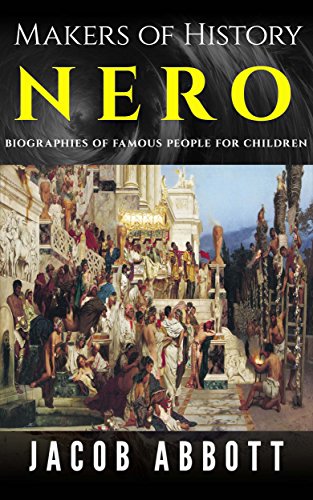
Jacob Abbott
Makers of History – Nero: Biographies of Famous People for Children
language (WestPub Online March 17, 2016) -
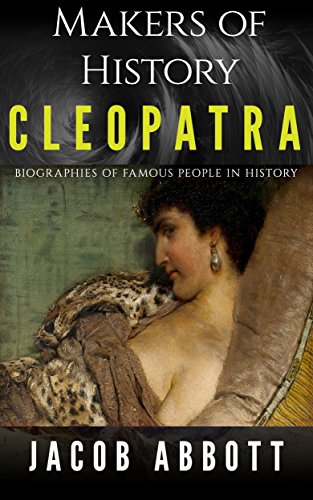
Jacob Abbott
Makers of History – Cleopatra: Biographies of Famous People in History
language (WestPub Online March 8, 2016) -
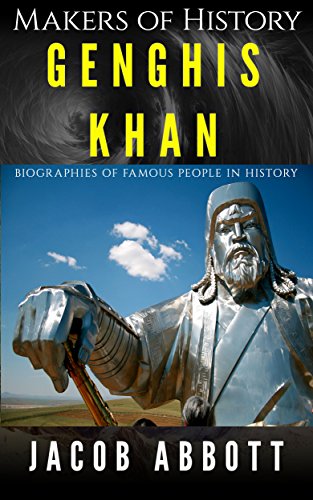
Jacob Abbott
Makers of History- Genghis Khan: Biographies of Famous People in History
eBook (WestPub Online March 9, 2016) -
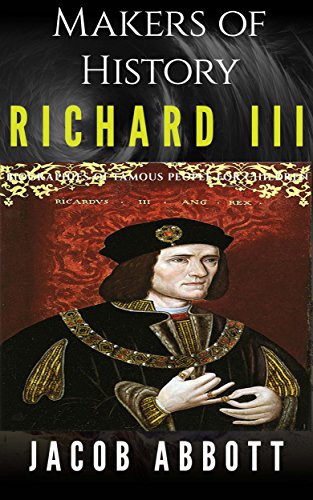
Jacob Abbott
Makers of History - Richard III: Biographies of Famous People for Children
language (WestPub Online March 27, 2016) -
R

Jacob Abbott
History of William the Conqueror: Illustrated
Paperback (CreateSpace Independent Publishing Platform July 5, 2017)

